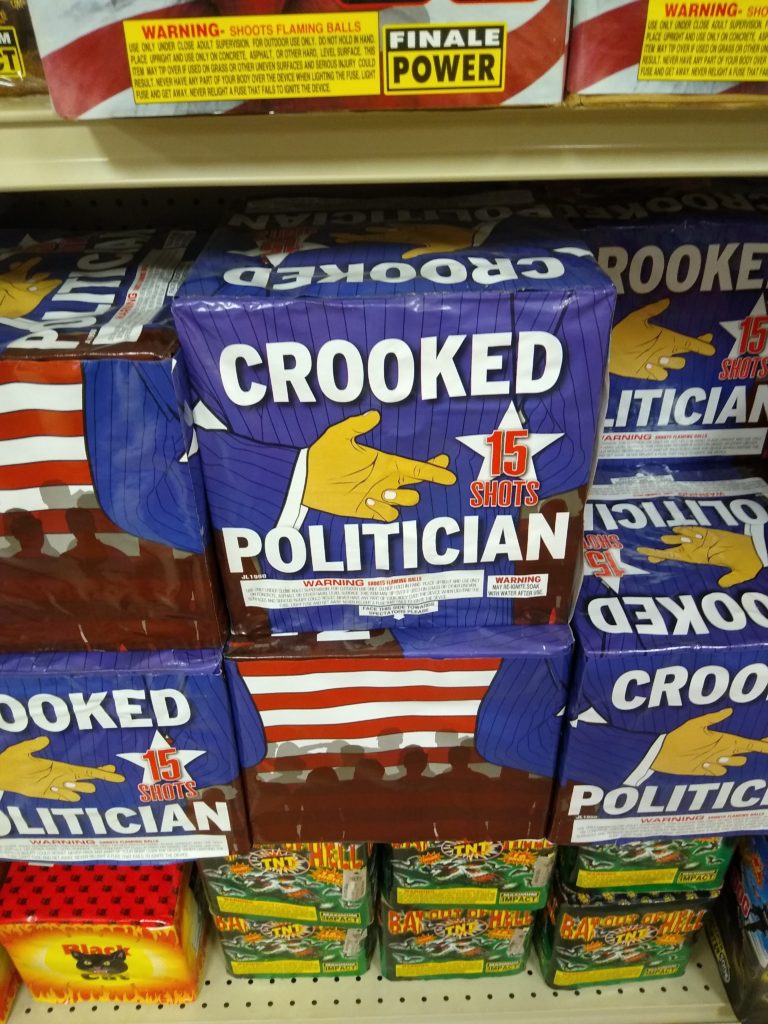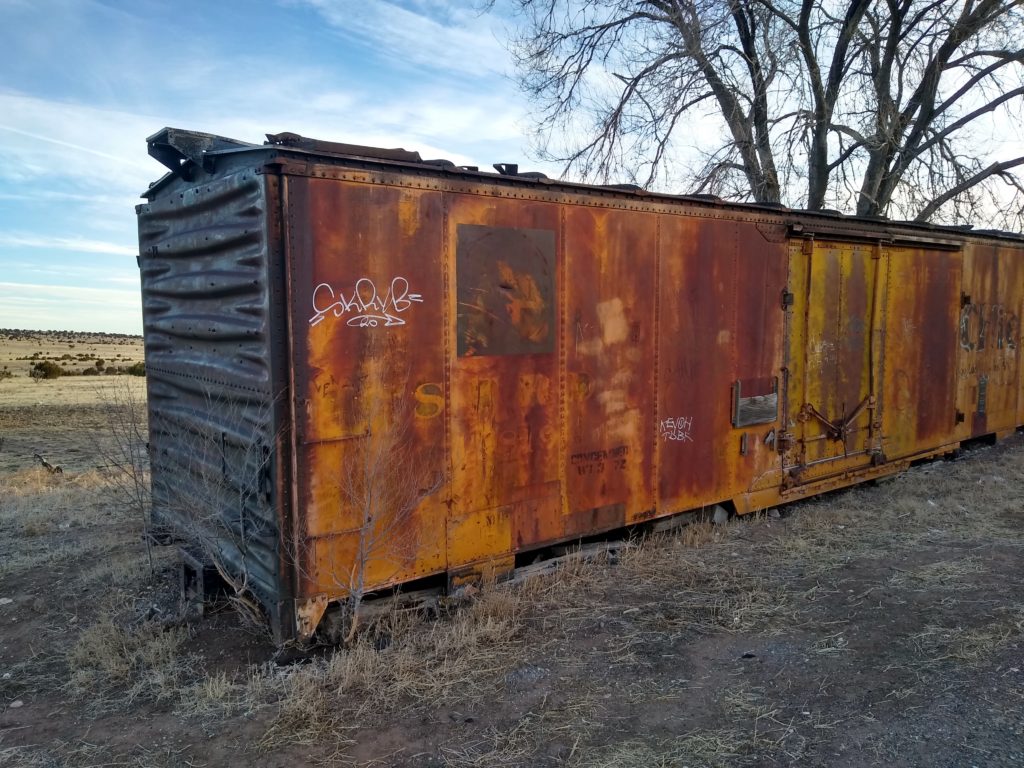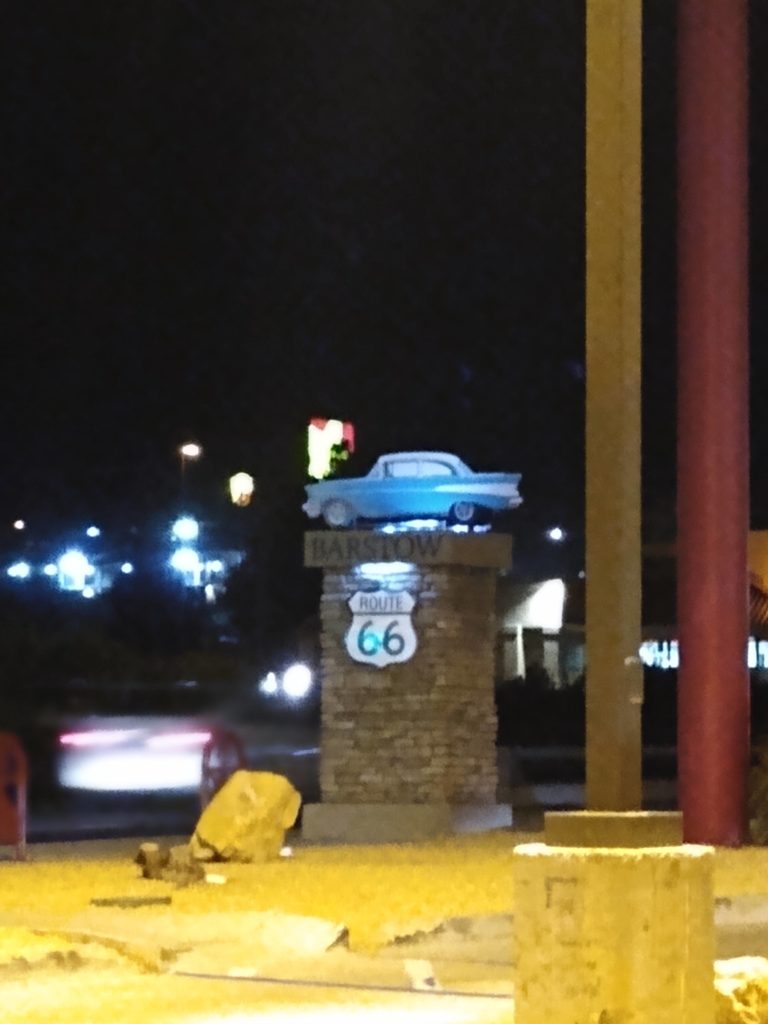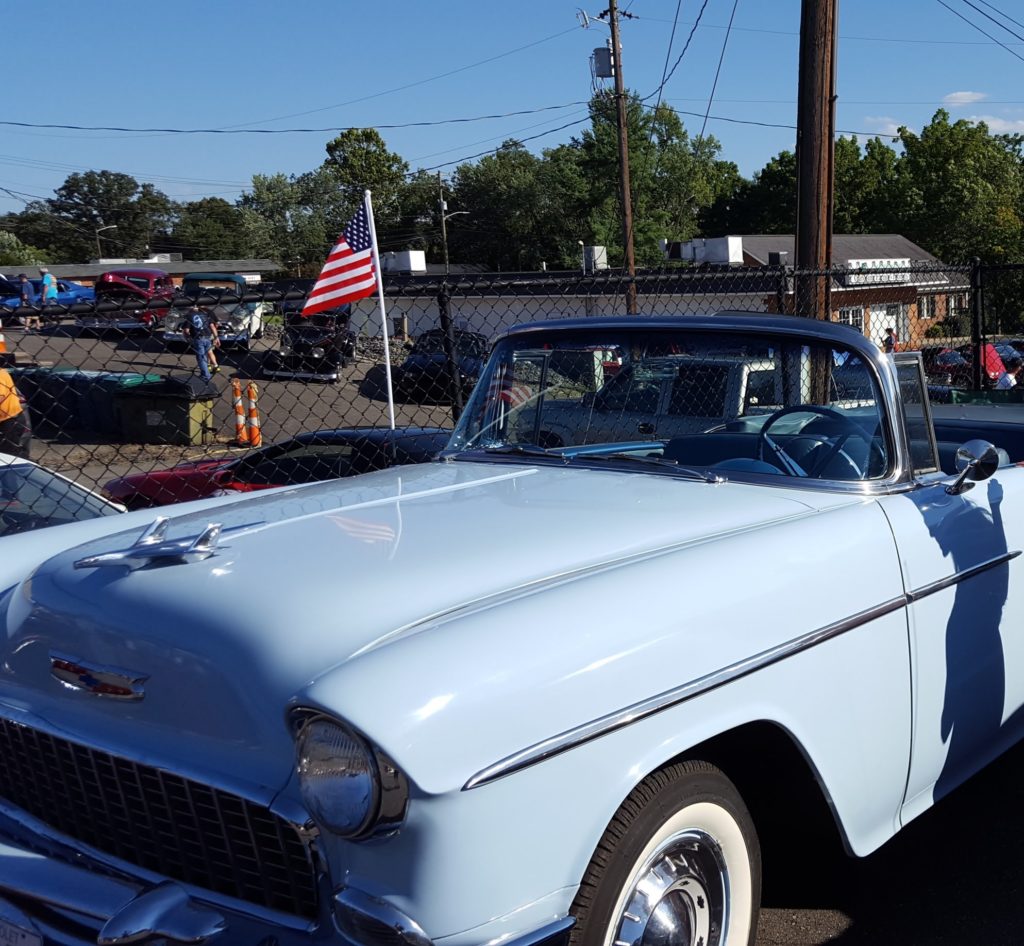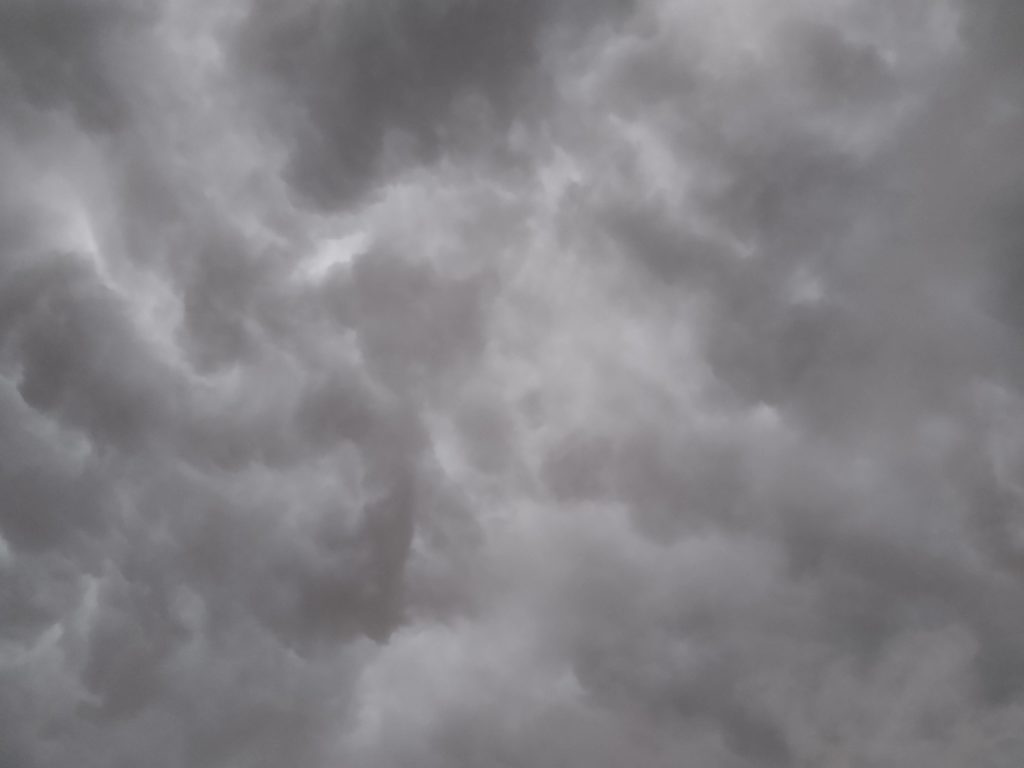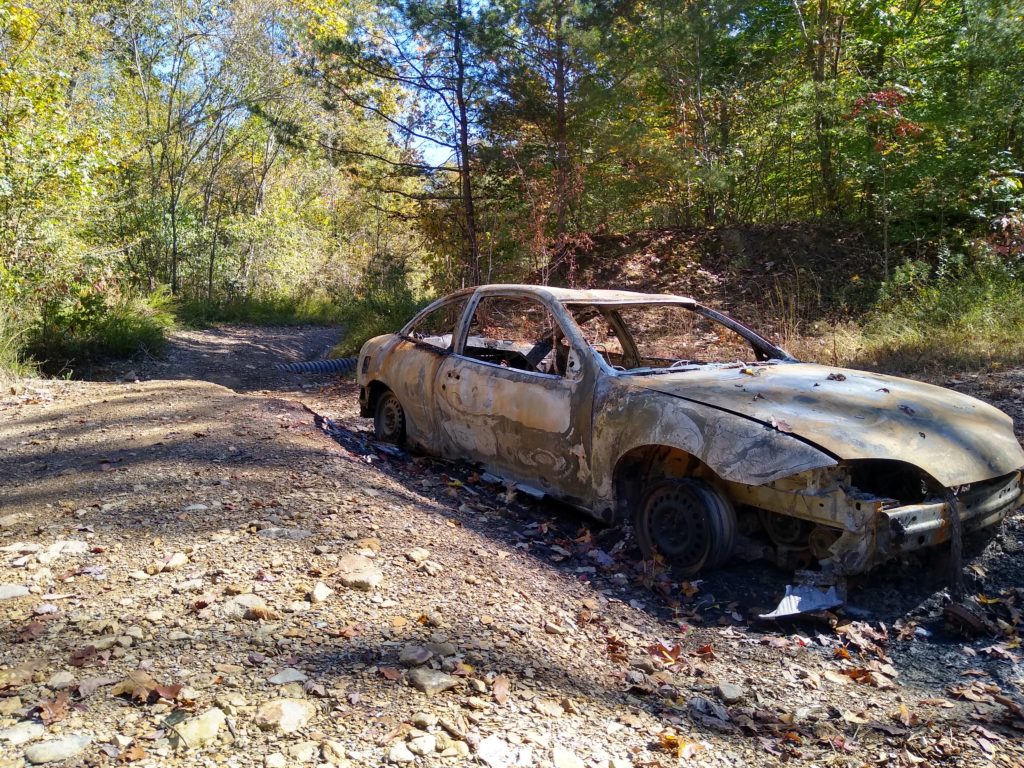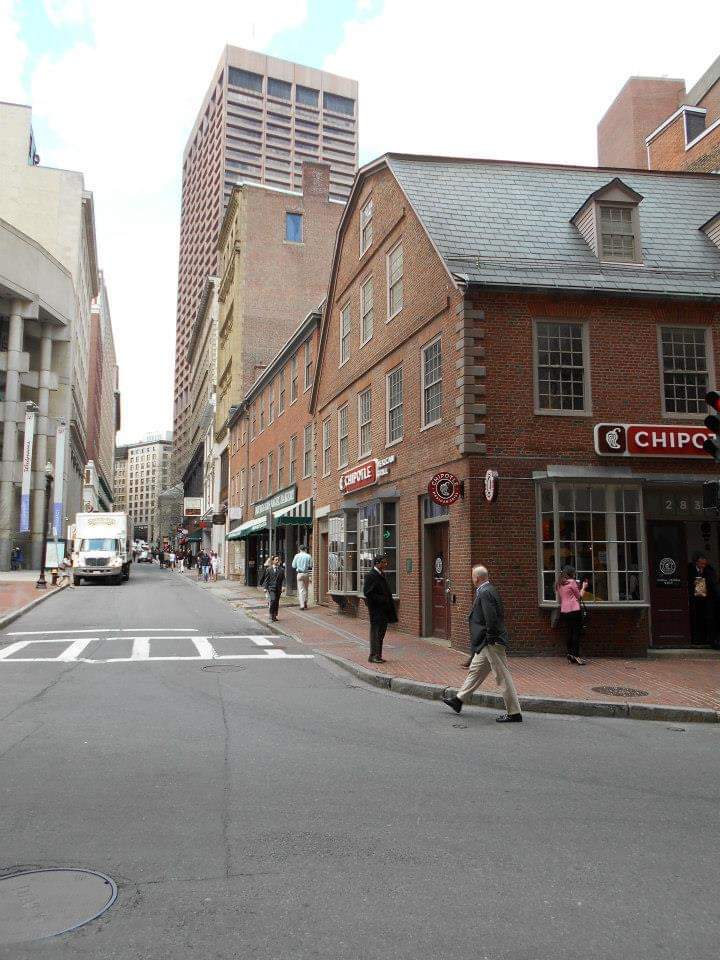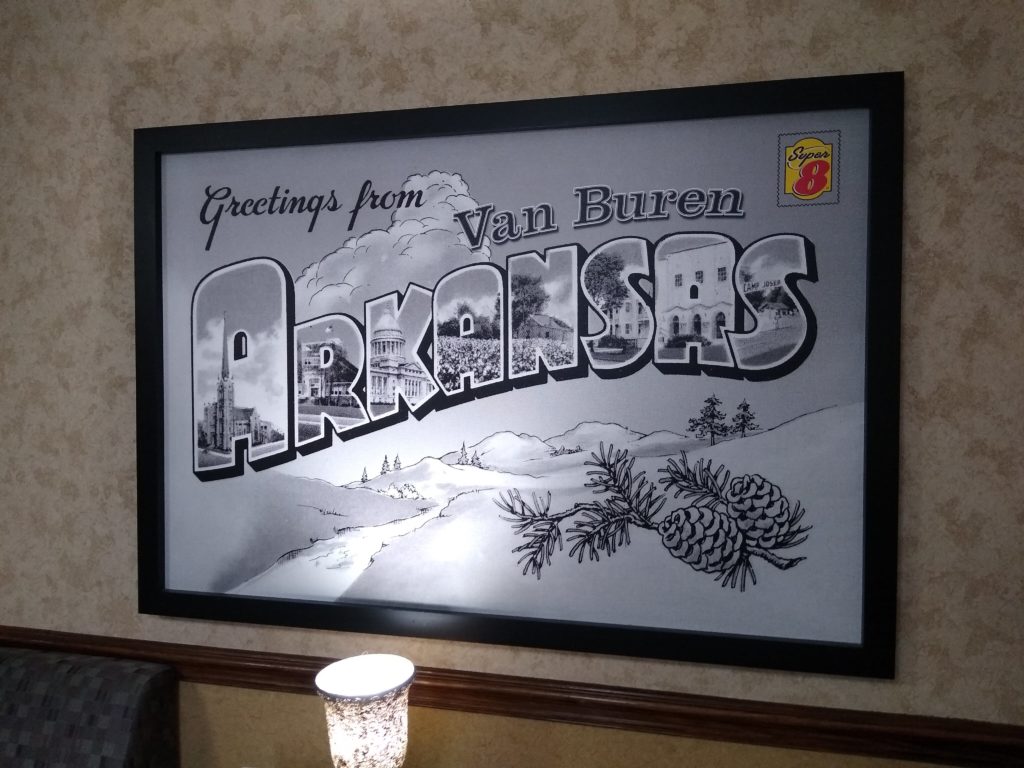
Travel Journal, 97
I’m standing and waiting at a hotel in Van Buren, Arkensas. The lady in line before me couldn’t take any longer if she tried. She has a ton of questions: how many beds in the room? How many rooms in the hotel? Can she have a room close to the door? She starts in on giving the poor hotel employee her and her husband’s entire medical history. Then, when I think it couldn’t get more ridiculous, she pauses and says, “oh my, your hair is so nice! Is it real?
I look up from my phone. I gotta see this.
“Um, yes,” says the female employee.
“Oh, it’s so lovely, it could be a wig.”
I’m floored that the employee standing at the counter wasn’t apparently offended. But what shocks me the most is that this lady actually finds wig hair preferable to the real deal. I have never had the bravery, nay, audacity to make comments like that. I have to give her credit. She sure knows how to hold a conversation. I had an old boss tell me one time that the key to talking to people was to talk about them or, at least, talk about what they wanted to talk about. This is true about the people who seemingly make friends easily and all over the world. They meet somebody in the airport and see that they have snorkel gear with them. They talk about snorkeling for a while, and before you know it, they get invited to stay for dinner, then the weekend. Bang, friends for life. I want that boldness. But not too much boldness, like wig lady. Invitation to stay the weekend? I think not.
After a reasonable night of sleep, I climb back into the car to drive to the McDonald’s for breakfast. (No Starbucks. I’m slumming it.) As soon as I turn the key an oldies station begins pummeling me with an advertisement for cars.
“A new car attracts better looking girls, unless you’re ugly. Take a chance. Buy a new car.”
It’s early. And the logic seems sound. A+B=new car and good-looking girls. But it feels like there may be holes in that argument. Besides, I already have a good-looking girl. I’ll stick with my 2003 Subaru.
Slowly the approach of Tennessee came upon us and we were greeted by the skyline of Memphis in the distance. If we had any time at all, I would most certainly have recommended stopping into Marlowe’s BBQ (They will pick you up from a hotel in a pink limousine, for fee). The hill country on the Eastern side of Memphis rolls and rolls. Both deciduous and coniferous trees blind the freeway as do billboards that advertise such things as Loretta Lynn’s Ranch and Kitchen. The contrast between the land on the flats of New Mexico and the hills of Tennessee it’s fairly difficult to grasp. We drove nearly 2,000 miles on I-40 without seeing a lake. The first body of water we saw was someplace in Oklahoma. But now woods and houses-within-woods dot the landscape. Rivers snake underneath the freeway. And between the eastern border of Tennessee and Nashville, I see no less than a dozen signs for different Tennessee State Parks. It seems this place has much to offer.
Though California offers mountains and farmland and cities and coastline, Tennessee appears to be a good trade. Yes, Tennessee may get the occasional cold spell and the culture may be completely different. And yes, in California you don’t have to shovel sunshine. From what I’ve seen, the people in Tennessee are caring people. They say yes sir and yes ma’am. They smile and wish you a nice day. The State is far less crowded and the traffic, a breeze. Also, taxes are minimal. That’s not to say that California is evil. Sometimes, you just need different surroundings. My parents have lived in many different states. And that’s a good thing.
Variety creates a character observant to different cultures and people groups. Living in various places can literally make you a better person. It builds empathy and promotes love for others. A journey from California to Tennessee is more than just a road trip. Forgive the cliché. It’s more like a life trip. The same goes for travel.
Know a place.
Know its people.
An understanding begins to form.
Living and traveling to different places molds us into better Americans and better humans.
anthony forrest
Start at the beginning of the road trip:
